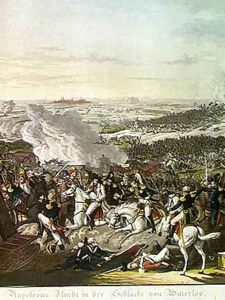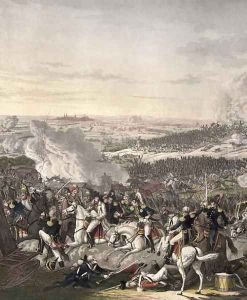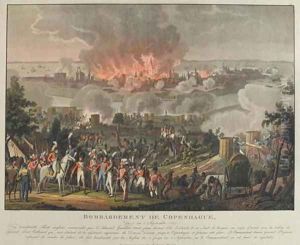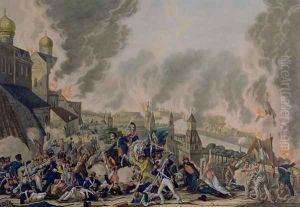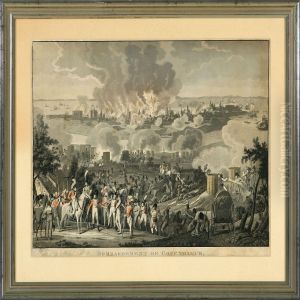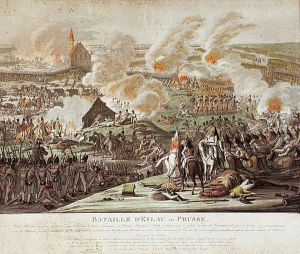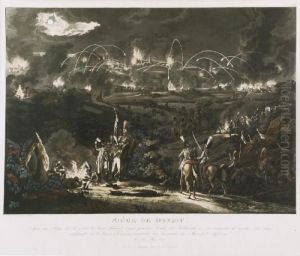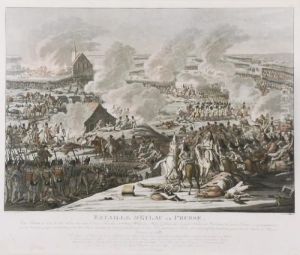Johann Lorenz Rugendas Paintings
Johann Lorenz Rugendas was a German painter and lithographer known for his depiction of landscapes and ethnographic subjects in Latin America, particularly in Brazil and Mexico. He was born on March 29, 1802, in Augsburg, Germany, into a family with a strong artistic tradition. His ancestors included notable painters and engravers, which undoubtedly influenced his early interest in art.
Rugendas was trained in art from a young age under the guidance of his father, who was an engraver and painter. He later studied at the Academy of Fine Arts in Munich, where he was a pupil of the landscape painter Johann Moritz Rugendas, his uncle, and the history painter Johann Georg von Dillis. His early works were influenced by the European Romantic movement and the works of Alexander von Humboldt, a Prussian naturalist and explorer who encouraged artists to accompany scientific expeditions.
In 1821, Rugendas embarked on his first major journey to Latin America as part of a scientific expedition led by the Russian naturalist Baron Georg Heinrich von Langsdorff. This experience provided him with a wealth of material for his art, as he meticulously documented the landscapes, peoples, and customs he encountered. His work from this period is characterized by a combination of scientific accuracy and romantic expression.
Rugendas returned to Europe in 1825 but was drawn back to Latin America in the 1830s, where he traveled extensively, including in Brazil, Mexico, Chile, Argentina, and Uruguay. His second journey was motivated by his desire to produce a comprehensive visual record of the continent's peoples and landscapes. During this time, he produced thousands of drawings and watercolors, which served as the basis for numerous paintings and lithographs.
In Mexico, Rugendas was involved in a riding accident that left him with lifelong injuries. Despite this setback, he continued to travel and paint. His works from this period are notable for their ethnographic detail and dramatic use of light and color, which reflect both his artistic background and his personal experiences in the rugged landscapes of the Americas.
Rugendas' contributions to the visual documentation of Latin American culture and nature were significant. His artistic output includes over 5,000 drawings and watercolors and a vast number of oil paintings and lithographs. His work was widely disseminated through publications such as 'Voyage Pittoresque dans le Brésil' (Picturesque Voyage to Brazil) and 'Malerische Reise in Brasilien' (Picturesque Voyage in Brazil), which had a considerable impact on European perceptions of the New World.
He returned to Europe in the late 1840s, where he continued to work and exhibit his art. Johann Lorenz Rugendas died on May 29, 1858, in Weilheim an der Teck, Germany. His legacy is preserved in numerous collections, including the Museo Nacional de Bellas Artes in Santiago, Chile, and the Pinacoteca do Estado de São Paulo in Brazil. His extensive travels and the body of work he produced have made him an important figure in the field of ethnographic art and a key documentarian of 19th-century Latin American scenery and society.
